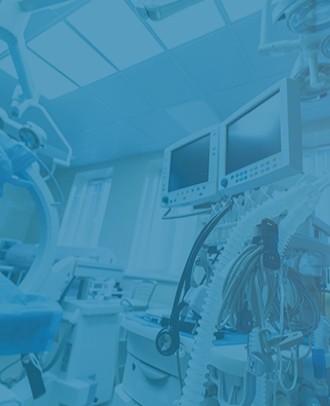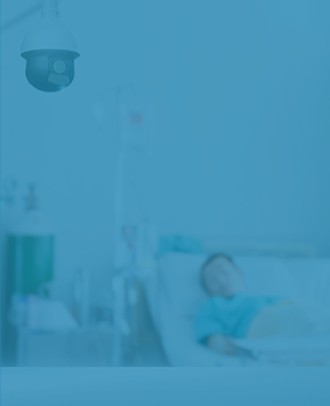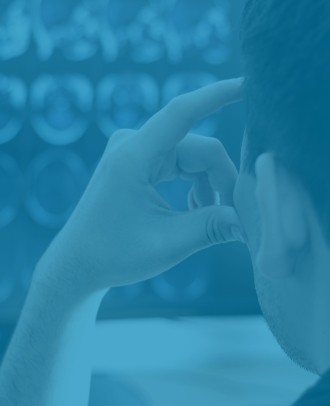May 1, 2021
The Rise of Tele-ICU
Over the last decade, there has been significant growth in TeleICU.
DISCLAIMER: The below blog entry was written by an outside, unrelated party and does not necessarily express the opinions or views of or associated with the RemoteICU brand or the individuals associated with the RemoteICU brand. The blog is not necessarily endorsed or supported by RemoteICU nor was the entry reviewed and accepted by individuals associated with RemoteICU. The blog entry is provided simply to address and create interest in topics of import related to telemedicine. Your own independent research and decision-making and seeking of expert / professional opinions are required before you make any decisions whatsoever or form any opinions with respect to any topics addressed therein. By reading the blog entry, you consent to accepting the terms and conditions in this disclaimer.
Today, rules and regulations are in place in most industries in an effort to ensure that best practices and safety standards are followed. A notable example is the hospital industry, where watchdog organizations, such as the Leapfrog Group, have been established to rate hospital quality, including ICU care. Hospitals acknowledge the importance of compliance with these rules and regulations but many experience difficulty maintaining adequate staffing to achieve it. Remote ICU telemedicine improves hospital standards compliance in a multitude of ways.
For 20 years, the Leapfrog Group has served as a nonprofit U.S. health care industry watchdog encouraging transparency and improvement. Leapfrog is considered the country’s gold standard measurement of patient safety. The group collects, analyzes, and publishes hospital data on safety, quality, and resource utilization.
The Leapfrog Hospital Safety Grade provides a standardized method to evaluate patient safety in general acute care hospitals. To date, it is the only rating focused solely on hospitals’ ability to protect patients from accidents, preventable errors, injuries, and infections. The Safety Grade promotes high-value care and informed health care decisions and has helped trigger giant leaps in the quality, safety, and affordability of U.S. health care. The Journal of Patient Safety has peer-reviewed and published Leapfrog’s Hospital Safety Grade methodology.
Leapfrog’s Safety Grade uses up to 27 national performance safety measures from the Leapfrog Hospital Survey (an annual voluntary survey in which Leapfrog asks hospitals to report quality and safety data), the Centers for Medicare & Medicaid Services (CMS), and additional data sources. Together, these performance assessments produce a single, publicly available composite safety score. The score represents a hospital’s overall performance in keeping patients safe from preventable harm and medical errors.
The Leapfrog Group educates and encourages consumers to consider safety when selecting a hospital for themselves or their families. In addition, the Safety Grade seeks to foster strong market incentives for hospitals to make safety a priority. Grades are publicly reported at www.HospitalSafetyGrade.org.
Currently, Leapfrog Hospital Safety Grades are assigned to over 2,700 general acute-care hospitals across the nation twice annually. Once rated according to Leapfrog’s 27 measures of patient safety, a hospital is assigned a single letter (A, B, C, D, F) representing its overall performance.
The Leapfrog Grade places the 27 measures into one of two domains: Process/Structural Measures or Outcome Measures, each of which accounts for 50 percent of the overall score.
For Leapfrog to issue a letter grade, a hospital must have enough safety data available. If a hospital is missing more than five or six process measures, it will not be graded. All hospitals are encouraged to voluntarily report additional safety data through the Leapfrog Hospital Survey.
Leading telemedicine companies, such as RemoteICU, offer hospitals TeleICU (Intensive care unit telemedicine) solutions which provide clinicians and patients with critical services from afar by using frontline technology.
TeleICU services enable hospitals, both big and small, to improve their inpatient care significantly and fill gaps in ICUs. In turn, this can help hospitals achieve compliance with the Leapfrog Hospital Safety Grade and receive a high-performance ranking. This enables hospitals to demonstrate to individuals and their families that patient safety and outcomes are their top priority.
RemoteICU provides remote specialist physician services to several hundred hospitals, helping them address the chronic and worsening shortage of critical care specialist physicians. LeapFrog compliance requires review by a board certified intensivist within a specified amount of time for every critically ill patient admitted into the unit, and for an intensivist to be practically immediately in contact with other clinical staff 24 hours a day. That review and reachability is precisely what Remote ICU provides.
Our Solutions

02
We provide hospitals with Tele-ICU shifts (eICU), for existing and new Virtual ICUs
Learn more
03
Our Internal Medicine telehospitalists cover the smallest to the largest hospitals
Learn more
04
Our teleneurologists perform general neurology, in addition to tPA administration for stroke via TeleStroke
Learn more
05
Our telemedicine coverage is replicated and performed for all inpatient or outpatient specialties
Learn more
The blog articles appearing here were written by an outside, unrelated party and do not necessarily express the opinions or views of or associated with the RemoteICU brand or the individuals associated with the RemoteICU brand. Individual blog articles are not necessarily endorsed or supported by RemoteICU nor reviewed and accepted by individuals associated with RemoteICU. The blog entry is provided simply to address and create interest in topics of import related to telemedicine. Your own independent research and decision-making and seeking of expert / professional opinions are required before you make any decisions whatsoever or form any opinions with respect to any topics addressed therein. Click “I Consent” at the end of this paragraph to consent to accepting the terms and conditions in this disclaimer in order to continue reading the blog.
I ConsentPhysician Opportunities